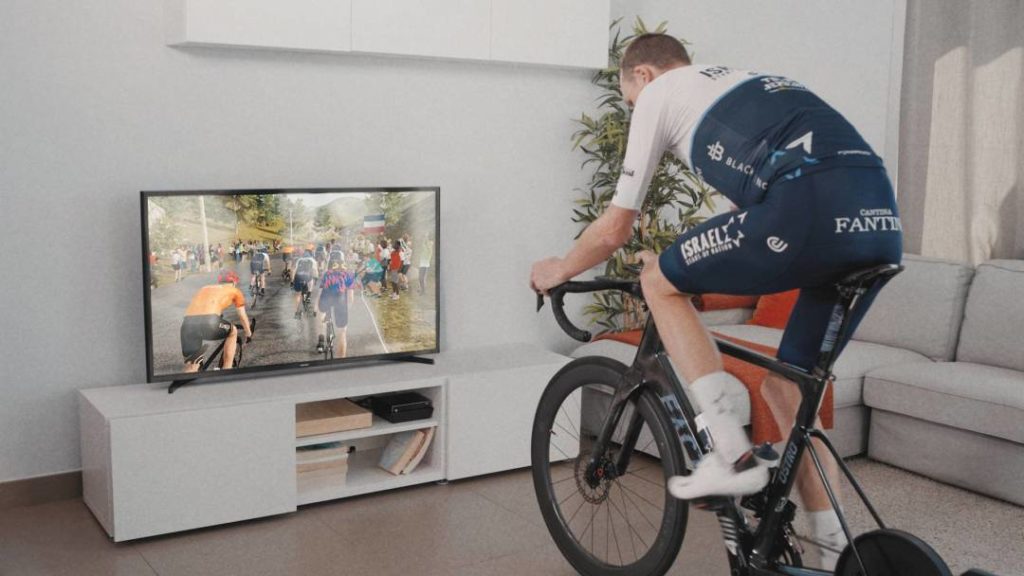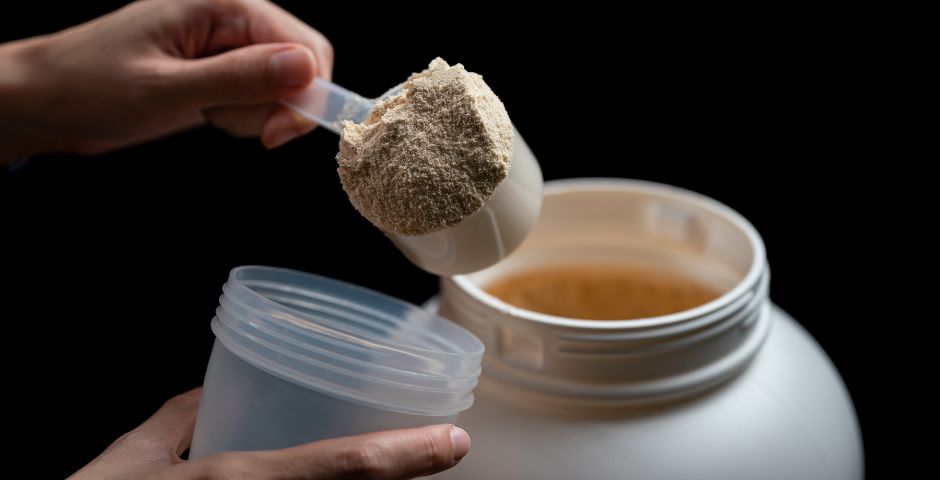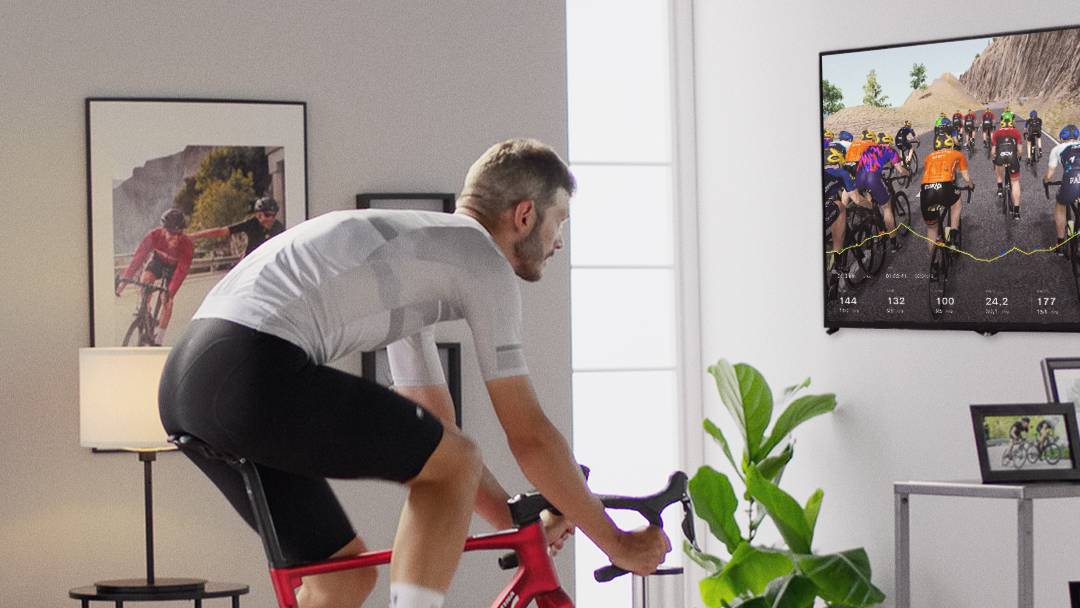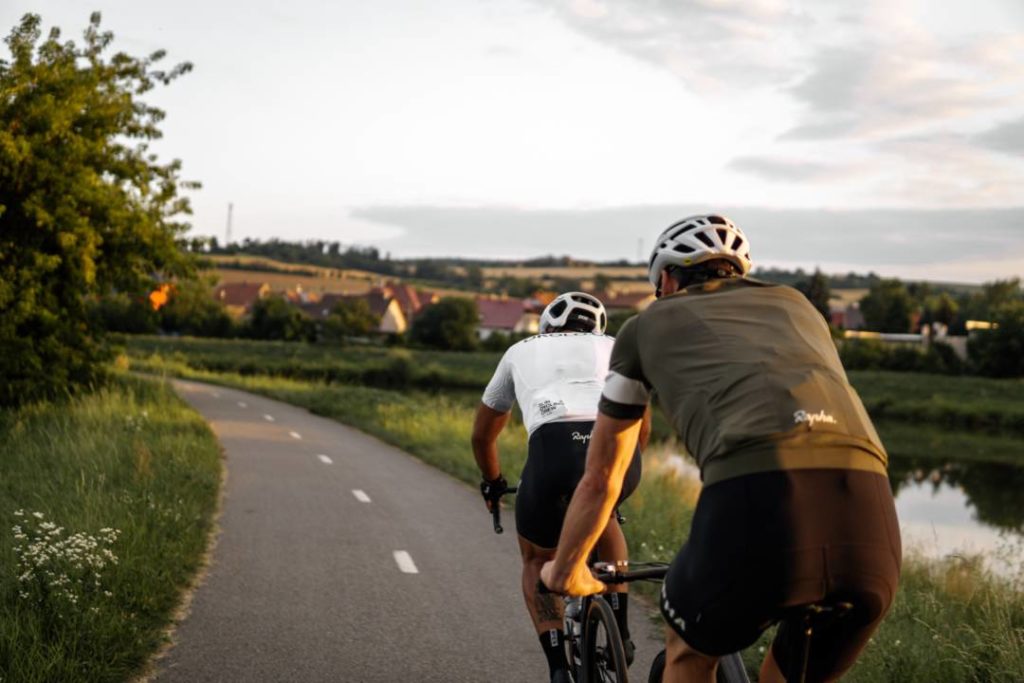Nutrition is part of the list of aspects to take into account to achieve a good performance in training and competitions. Eating habits have to be in accordance in order to see results, while enhancing all skills.
Eating the right products at the right time can make the difference with your rivals, if you know what will work for you. Despite the advice and ideas that will be offered in this article, you should keep in mind that each person is different and has certain characteristics that make these suggestions useless.
In addition, in the winter period many people turn to indoor cycling, and BKOOL is an ideal platform for pre-season planning. The inter-seasonal period can make you lose that much-needed shape for the time when the weather is fine and you can ride outdoors.

How do I find the best food?
When you are immersed in training and want to achieve the maximum, food becomes a constant concern. Meals have the function of satisfying the energy demands of cycling, helping you to rest properly and adapting to the hardest training loads.
However, when it comes to satisfying needs, you must return to the idea of individualization of the diet. Meals should be adjusted not only to the feelings of the athlete, but also to the conditions that will occur in a given training or competition.
The best thing you can do, if you have not yet found what suits you best, is to focus on trial and error, making specific variations to get the food is a plus so necessary when you’re on the bike. On top of that, indoor cycling gives you the time you need to consume quality, home-grown produce.
Nutrition in training consists of three phases:
What do I eat before training?
Given the process of digestion and assimilation of nutrients, the pre-workout meal is the main source of fuel for the workout itself. High intensity workouts will require a higher volume of carbohydrates. The higher the intensity level of the sessions, the higher the carbohydrate intake should be accordingly. The human body will rely on fast energy from glucose to keep performing.
Low-intensity workouts do not require a high carbohydrate concentration. You can use these training sessions as a test bench and see which foods, rich in different essential nutrients, suit you and give you the best sensations for the moments before getting in the saddle.
The exact time to eat is set in the three to four hours prior to training. This is the period of time necessary for the correct assimilation of complex carbohydrates and proteins. Among the usual foods you can find a multitude of options: legumes, pasta, cereals, sweet potatoes…
In the period between the main meal and the training it is normal for hunger to appear. Having a snack an hour before training is really useful to keep you satiated. Of course, these snacks should be easily digestible foods such as toast, energy bars or muffins.
What about during activity?
In the previous paragraphs, we have mentioned that the pre-workout meal is the main source of fuel for your body, but it is not the only one. Consuming extra calories is the key to ensuring that fuel sustains all performance. Continuing to ingest carbohydrates is the best way to sustain the level.
The easiest way to get more calories into your body is through beverages. The caloric contribution of beverages is recommended for when you are in the heat of physical activity: easy to ingest, difficult to forget and have a quick effect. Another form similar to liquids are energy gels, which can also be mixed with different types of beverages.
For some athletes, these “express” solutions during training seem less appealing when it comes to sessions lasting longer than an hour. This is why a large number of cyclists rely on solid foods, the same foods that you can eat as a pre-workout snack.
Finally, nutrition for recovery
In the two previous cases, nutrition had the duty to provide energy to the body to maintain a high performance. In this stage, nutrition must focus on recovery. The function changes, but not the essential nutrients. Carbohydrates also help to make the rest more effective.
Recovery shakes are perfect to consume after a workout. This way, you can quickly get more calories and control exactly how much carbohydrate and protein your body will assimilate. And how do you have to control the amounts? Simple.

Measurements depend, to a large extent, on personal preference. There is no “magic” shake, however, research suggests that a 3:1 ratio (carbs:protein) is the ideal combination to give cyclists all the benefits possible without impairing performance.
As you may have noticed, indoor cycling needs the right nutrition to be able to give it your all. Simulators like BKOOL are going to demand the maximum and you will have to have a certain energy reserve.
If you haven’t had the chance to try BKOOL yet, you can try it for FREE for 30 days on our website.
 Go to BKOOL
Go to BKOOL





